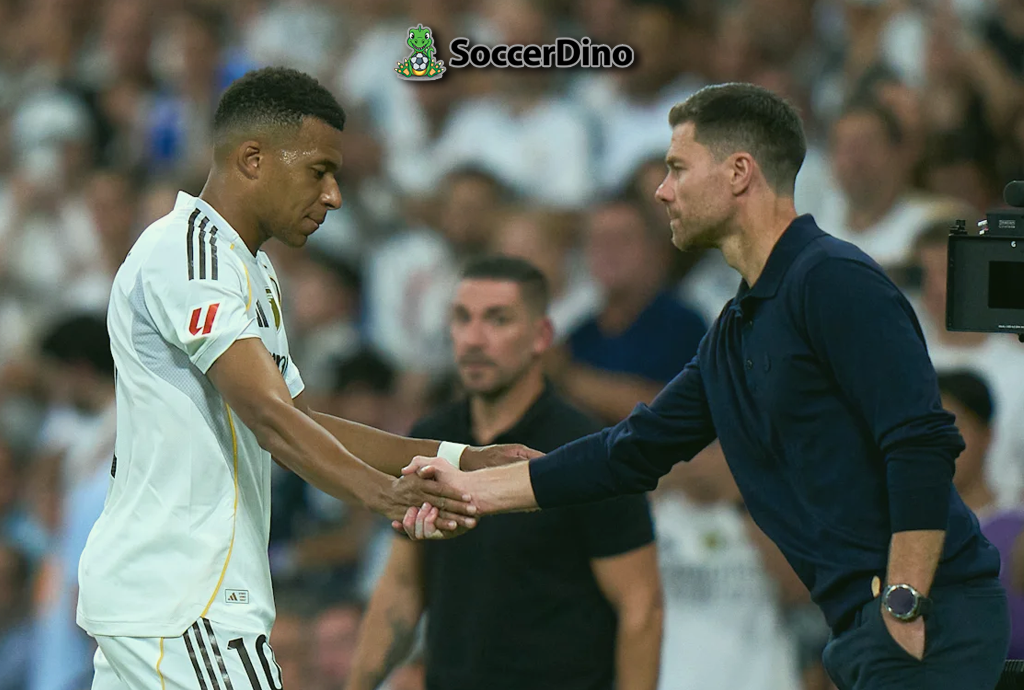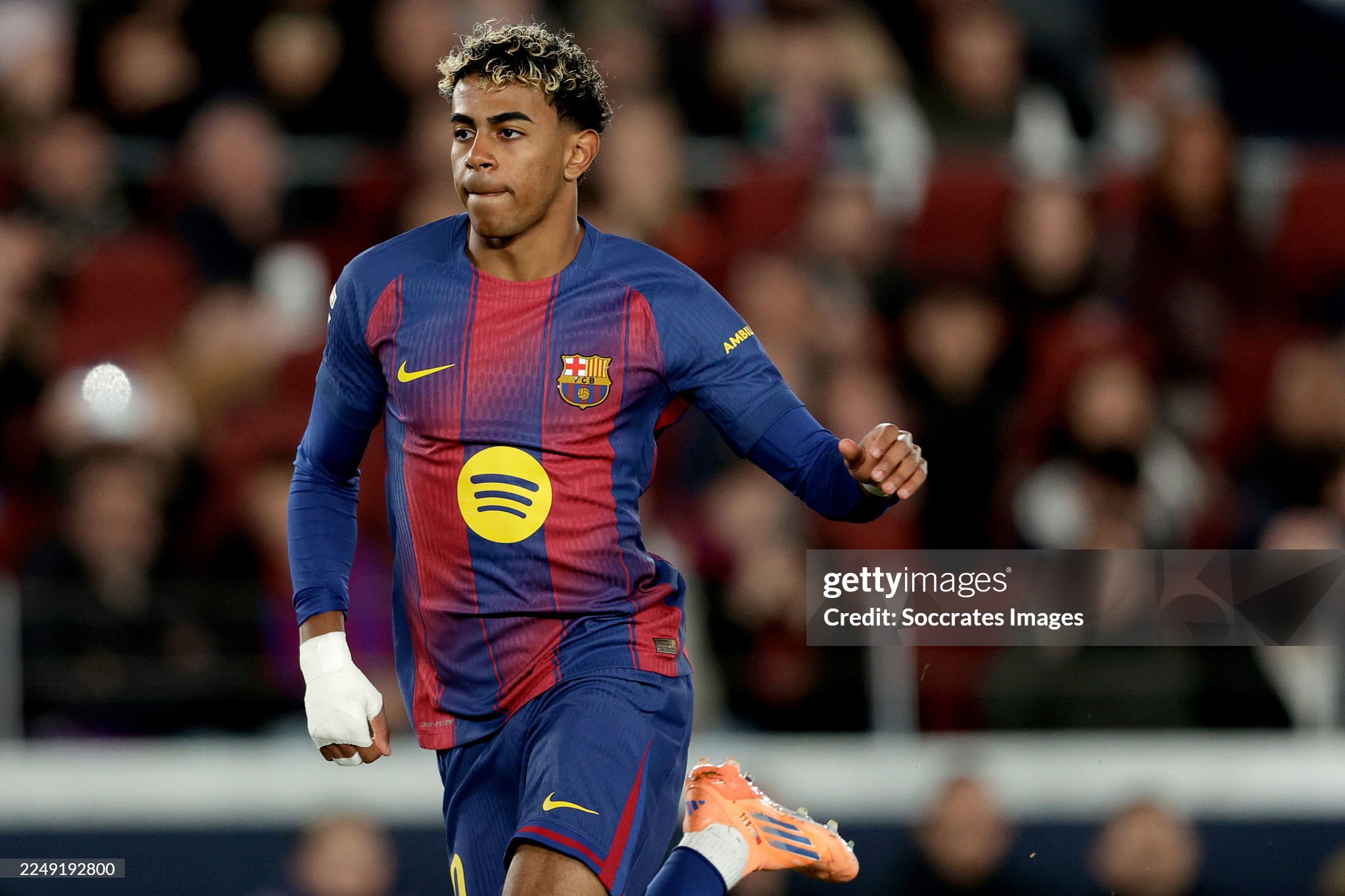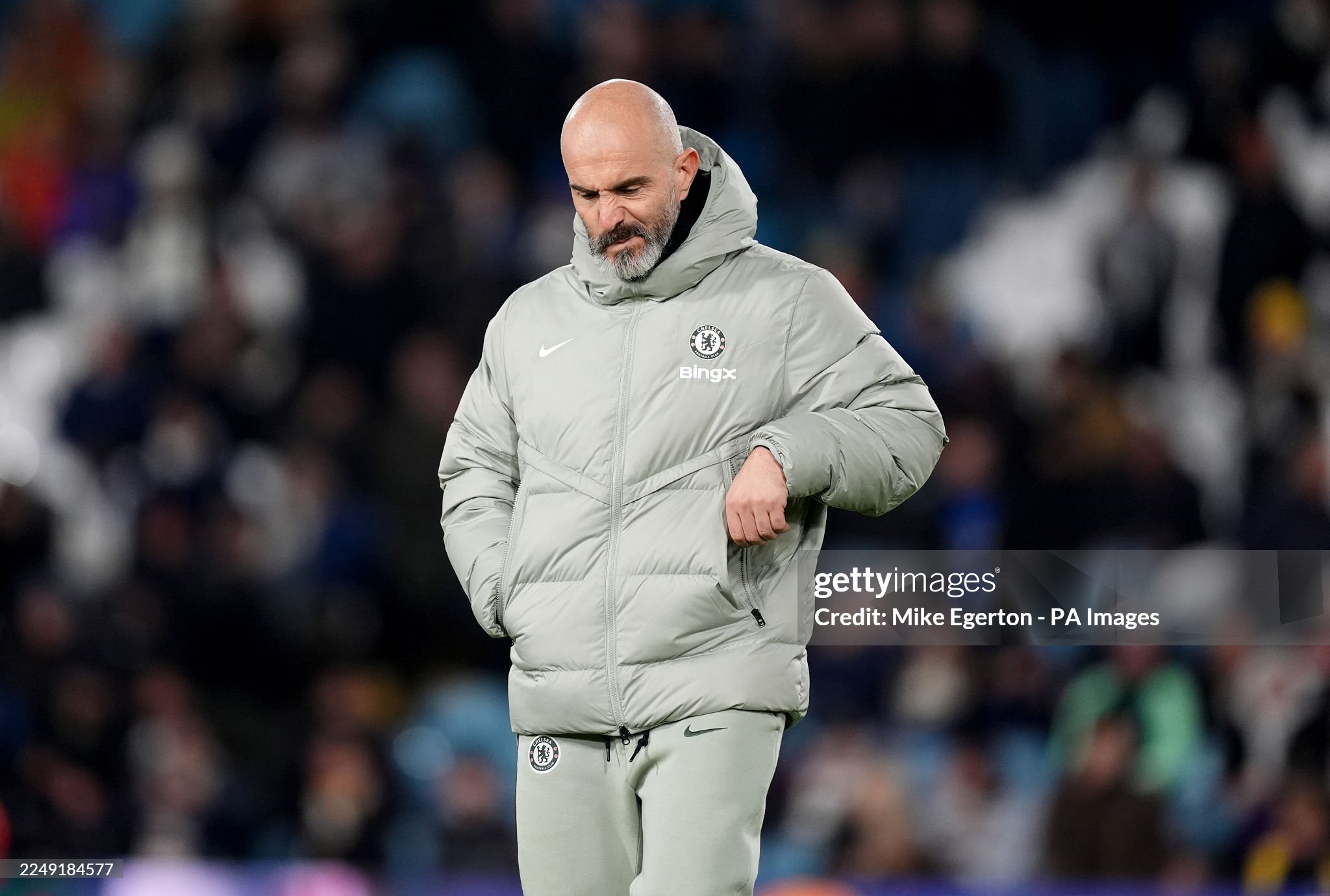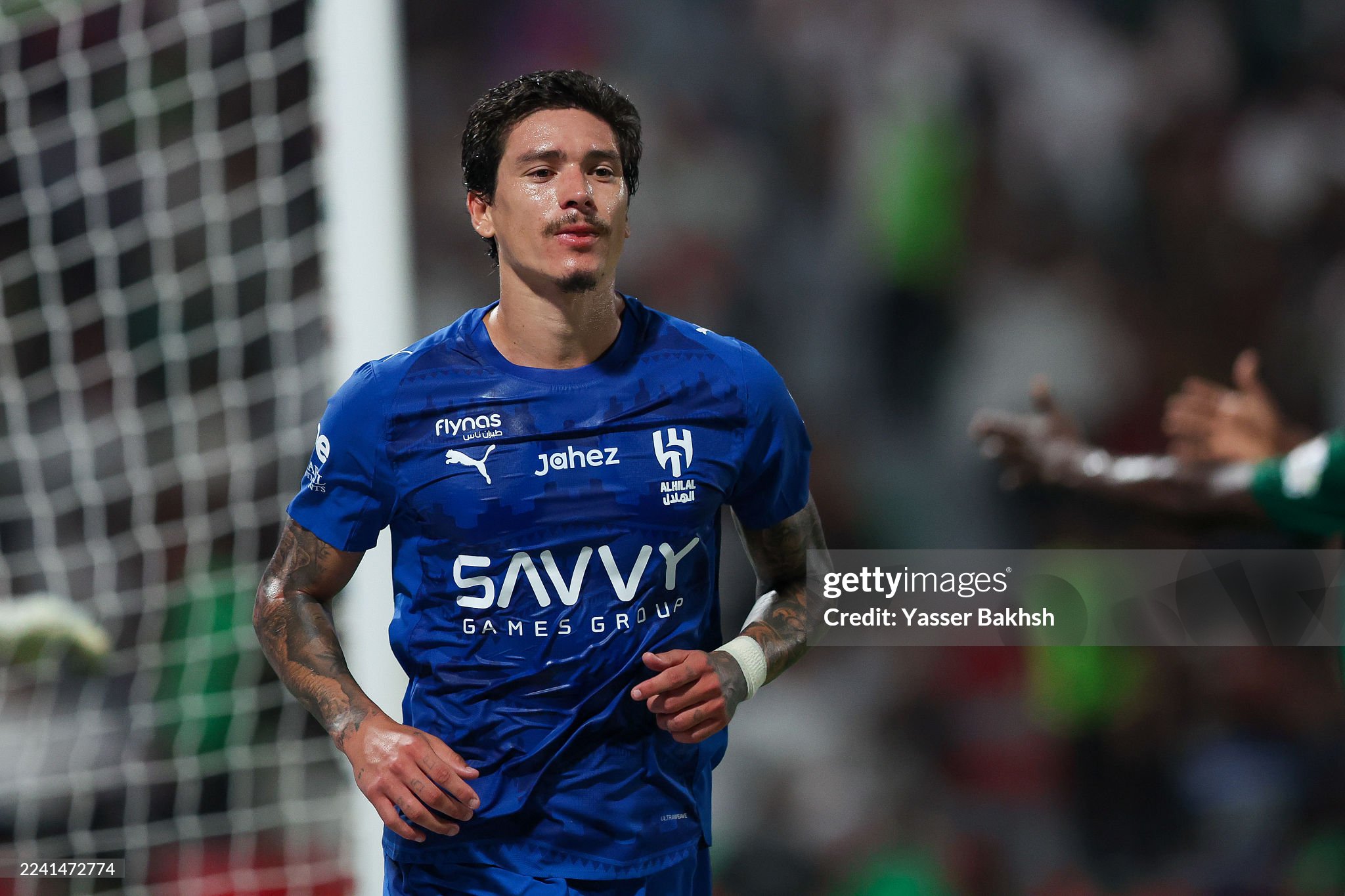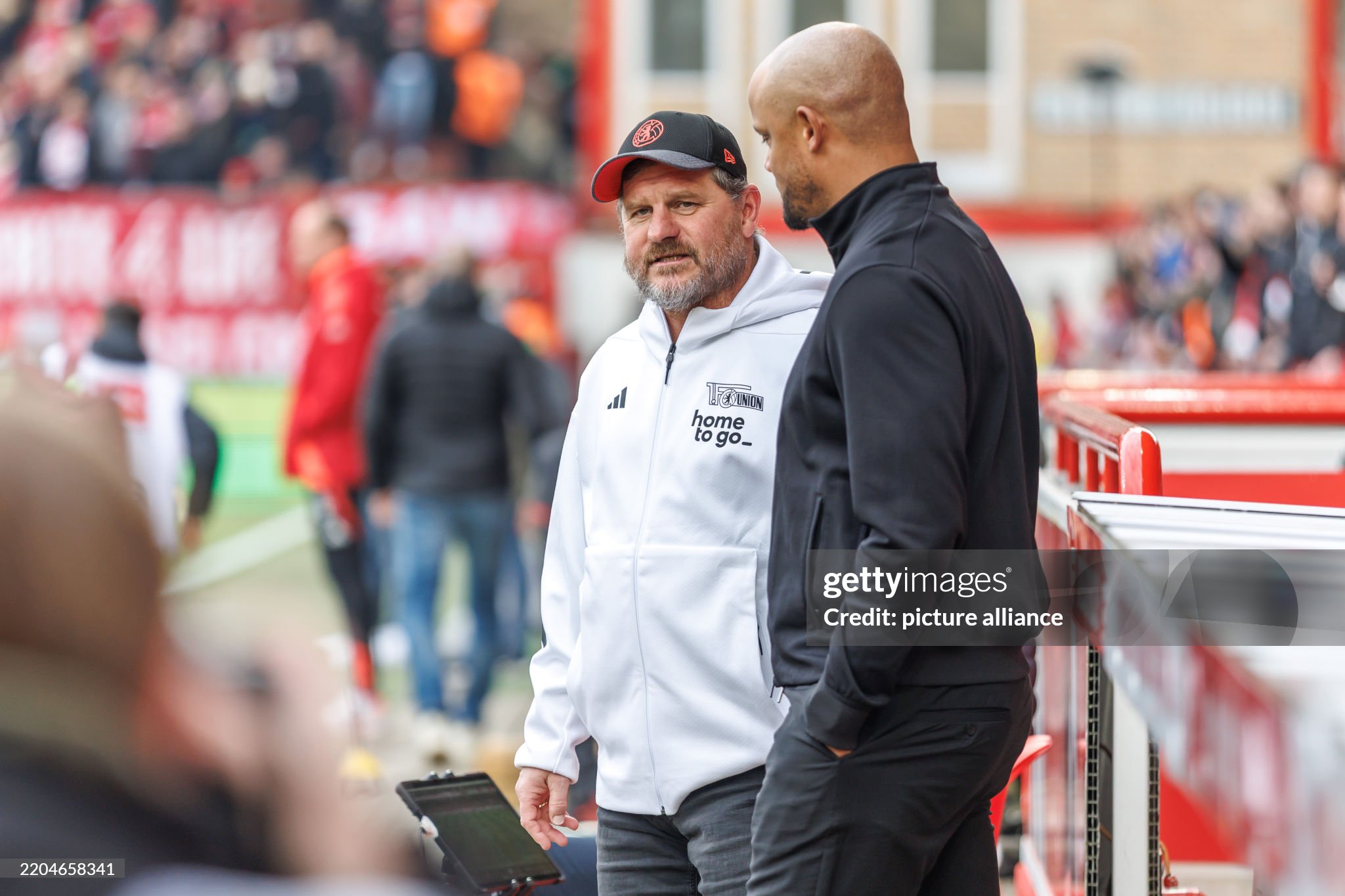Endrick is expected to leave Real Madrid on loan in January, with talks already underway, as the club and player target regular minutes before the 2026 World Cup and a summer reassessment of his development.

Endrick is expected to leave Real Madrid in January on loan, according to information reported this Tuesday by transfer specialist Fabrizio Romano, with initial talks already in motion.
The objective is clear for all parties involved. A midseason move would provide the teenager with consistent top flight minutes while allowing Madrid to protect a long term investment and reassess his trajectory in the summer with a fuller picture of his progress. The player’s priority is to play regularly ahead of the 2026 World Cup, and Real Madrid are receptive to a temporary solution provided the destination offers a defined role, a competitive environment, and a development plan aligned with his profile.
Since the start of the 2025 to 2026 campaign, Endrick has not featured for the Merengues, a pause that must be weighed against the attacking depth at the club and the tactical demands introduced under Xabi Alonso. In a squad built to compete for every title, gaining minutes as a young forward often requires a carefully chosen loan where responsibility is non negotiable. For Madrid, the logic is pragmatic. Sending him to a team that can start him consistently through the spring would accelerate his learning curve in game states that matter, from breaking down low blocks to managing transitions when protecting narrow leads. For the player, the move is a chance to turn flashes of promise into repeatable actions at senior level, the sort that convince a coach when selections become tight.
Endrick’s profile suggests how a loan could unlock him. He thrives attacking the box from the left half space, combining at speed around the edge of the area, and making blind side runs to the far post. He can lead the line, but his instincts often mirror a second striker who feeds off quick give and go sequences and sharp service into feet. Regular minutes would help polish the timing of his movements against compact defenses, improve his aerial duels against taller center backs, and refine his pressing angles so he initiates collective pressure rather than chasing play. These are the micro details that separate a talent from a starter in the European elite.
His first season in Spain provided a base to build from. After joining from Abel Ferreira’s Palmeiras in 2024, he scored seven goals across 37 appearances under Carlo Ancelotti, who subsequently took charge of Brazil. Those numbers came amid adaptation to a new country, a new dressing room full of seasoned internationals, and a different tactical framework. The current reality is that he sits outside Alonso’s immediate rotation, which turns a January loan into a sensible bridge between potential and sustained contribution at the Bernabéu. The calendar helps. A winter move naturally divides the season, giving a prospective club the chance to integrate him during the break and offer a clear run of league and cup minutes through to May.
From a sporting operations perspective, Real Madrid are expected to prioritize guarantees over fees. Salary splits and optional clauses are secondary to the promise of minutes in his preferred zones, a midfield capable of feeding vertical passes rather than relying only on wide crosses, and a league where defensive structures test his decision making without stalling his rhythm. Registration rules and non EU quotas can shape the shortlist, so destinations that simplify paperwork may have an edge. Success would not be judged solely by a headline goal tally, but by the consistency of starts, the quality and frequency of chances created, a healthy xG per ninety, and the reliability of his off ball work in pressing and cover.
The national team dimension adds weight to the timing. With the 2026 World Cup approaching, Brazil’s staff will monitor players logging heavy minutes in strong leagues, tracking not just output but role clarity and adaptability in high pressure matches. A positive loan would sharpen Endrick’s case for selection and give the Seleção another option who can operate between the lines or as a dynamic runner off a primary striker. For Madrid, the calculation is equally straightforward. More minutes now can mean a more complete player later, one better prepared to impact games that define springs in Spain and Europe.
Endrick’s situation is a familiar puzzle at the top of the game. Elite clubs require immediate results while nurturing the next wave. A well chosen January loan is a practical answer to that tension. It offers the player a platform to convert raw qualities into consistent production and gives the club a controlled environment to accelerate development without closing any doors. Nothing about this plan changes Madrid’s long term view of his ceiling. It simply creates the conditions for him to reach it sooner.

